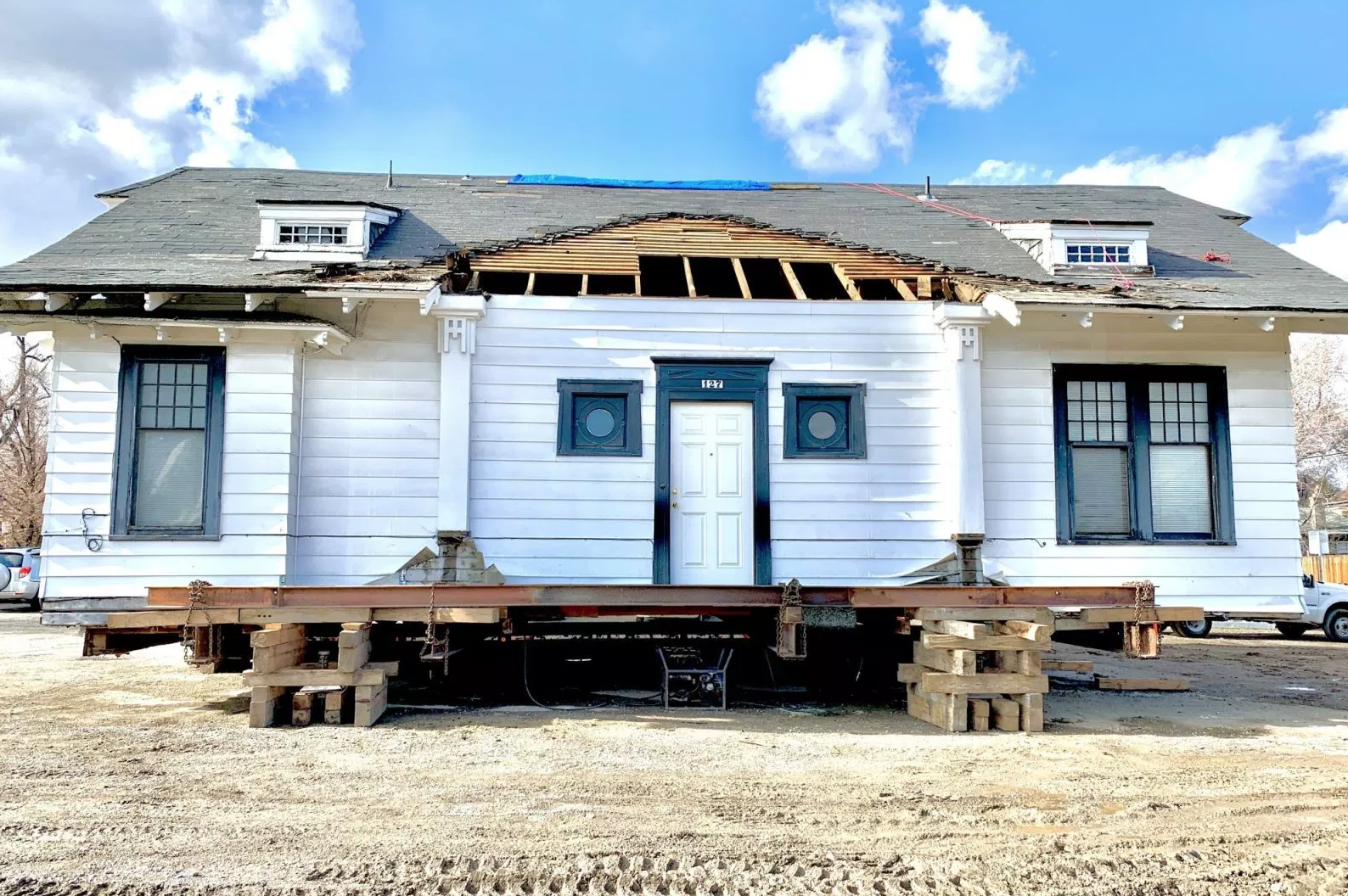I'm contacting you on behalf of a local small business, called Ironwood Games in Sparks. I do not own nor represent this business, but it has become a community hub for many people in the city. While it isn't exactly in Reno, what's happening to them is probably happening to many other properties and small businesses within the whole of the Reno/Sparks area-- and people who do live in Reno frequent it.
I have so far contacted my local assemblyman, and spoke over the phone to State Senator Julia Ratti. She suggested I file a complaint with the Reno/Sparks Chamber of Commerce, which I have (and received a form letter response already) and file a formal complaint with the State Attorney General Aaron Ford, which I have also done (no response on that front yet, but that's to be expected). One of our other community members has been continuing to reach out through their own contacts and your group came up, so I am reaching out to you while he is reaching out to local news stations and the [Reno] Gazette-Journal.
A screengrab from the Ironwood Games Facebook page.
Ironwood Games is a small business at 671 North McCarran, in Sparks, in the Iron Horse Shopping Center. They sell board games, card games, and supplies related to such. They also have an open play area where people can come in and just play games and socialize. They hold regular weekly events and are coming up on their third year of business. Their proprietor, Andrew Schaefer has been working there and as a substitute teacher with the Washoe County School district, sometimes, just to keep the business afloat. He was finally starting to turn a profit when the quarantine hit, along with the mandatory shutdown of non-essential businesses.
Now, his business is in jeopardy, as I imagine many others are, because of the practices of Colliers International of Reno. [Our Town Reno reached out to Colliers International of Reno to get their response about this situation, but did not hear back.]
Early in May, around the 3rd or 4th, he received a notice of default regarding his rent. Calling the manager on it, he was informed that Colliers wanted their money, in full. Pandemic or no pandemic. Open or not open. Directives or no directives. Of course, due to the Governor's Directive, [Note: Gov. Steve Sisolak has announced a moratorium on evictions for both residential and commercial tenants for the duration of the ongoing state of emergency] they can't presently, at least legally, file a notice of eviction or seize his business and assets, but it's clear that's what they intend to do as soon as they are able. As far as I know, those directives are likely to expire on May 12th unless otherwise extended. While I have talked, as I said, to local officials, and they were quick to say 'there are people working on problems like this' there were no specifics given.
A favorable Yelp review.
While that may work for some businesses, those like Andrew's are still very much in danger. He's already two months in debt, and while he is now allowed to open for curbside or delivery, he now has to come up with two months of expenses, as well as the one going forward-- for a total of three, just to stay in business. Without any assistance, it looks to him like it will be better for him financially to close the business and cut his losses now before he's on the hook for more.
He has tried to contact his insurance company-- but they have basically told him that they're not paying out for closures due to quarantine, and will not unless a state or federal agency forces them to.
”He has tried to get money through the CARES Act-- but while his application was processed, we know those funds are dry and it is uncertain as to whether or not there will be any sort of replenishment. It doesn't look like it…”
The reality is, reopening under the current strictures might alleviate some of his costs, but they won't come near covering them all. It doesn't make sense except maybe to pay down a little of the debt already owed and get out.
This is especially tragic because those of us who have frequented the store over the last two years have become much more than his customers. We are also his friends, and we are a community built by playing games and enjoying each other's company in a world where video games and distance had become a norm (now necessary, but not forever).
Colliers International has not tried to work any sort of plan together going forward with Andrew in order to keep him in business, and this seems especially short-sighted. If they are forcing these renters out, essentially, their own income will suffer long-term as the post-pandemic economy is not likely to be one that is kind to the prospect of opening up a new small business, especially not when the possibility of another shutdown still looms and a proven vaccine is not available. It seems to me, though in terms of business I am very much a member of the laity, that having some sort of income coming in from renters would be ideal, as opposed to empty storefronts generating no revenue at all.
I'm not sure what can be done, if anything. I'm not sure if your group has any sort of further agency in this regard aside from what I've already done myself. But I would ask, if not for the sake of Ironwood Games specifically, but for all businesses struggling under the weight of decisions like the one Andrew faces, if you can, to lend your support against lessors with practices like Colliers International of Reno. Perhaps lend your voice as an organization to the same agencies I have contacted.
In any respect, I thank you for your time and your consideration.
Signed, Morgan Faulkner























































